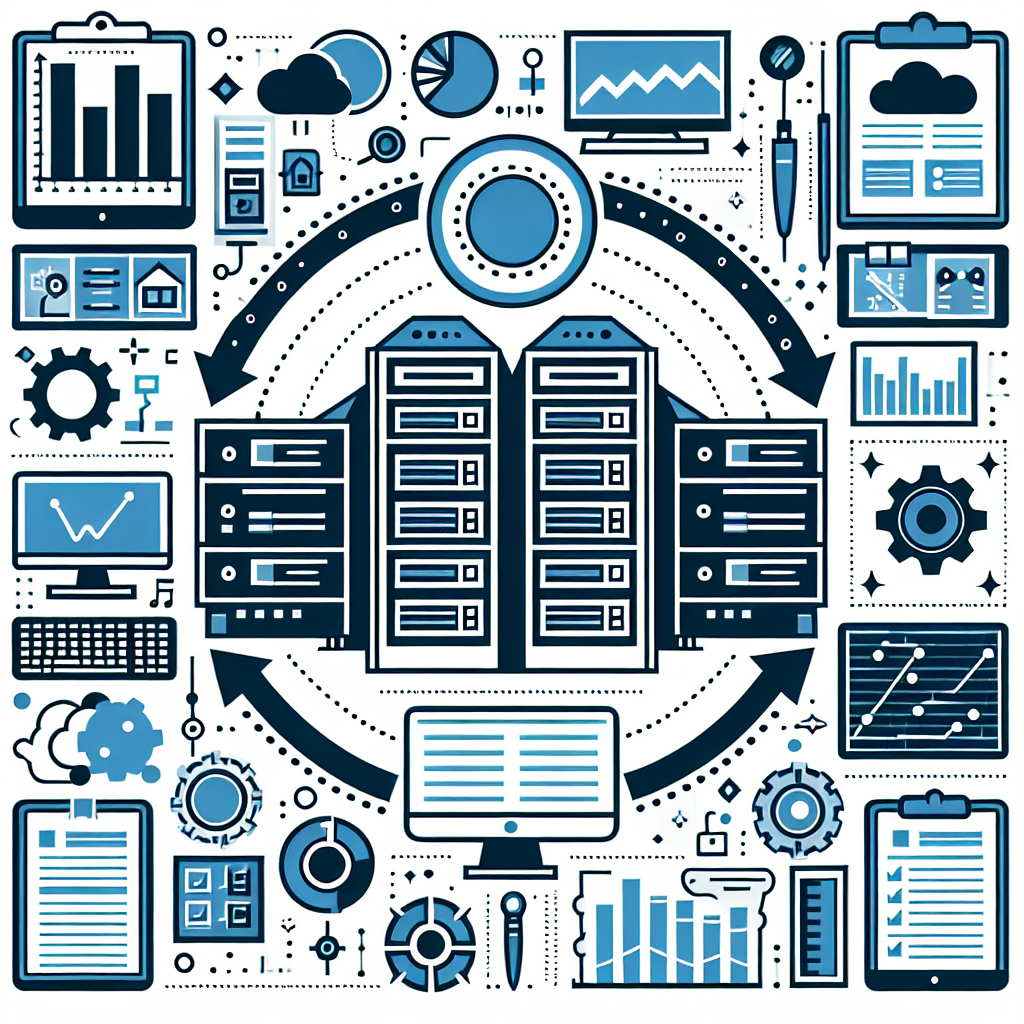Data centers are the backbone of many organizations, housing and managing critical IT infrastructure and data. As such, it is crucial to ensure that they are operating efficiently and effectively. One way to do this is through conducting regular audits of the data center.
During a data center audit, there are several key metrics that should be measured to evaluate the performance and health of the facility. These metrics can provide valuable insights into areas that may need improvement or optimization. Here are some key metrics to consider measuring during a data center audit:
1. Power Usage Effectiveness (PUE): PUE is a metric that measures how efficiently a data center uses energy. It is calculated by dividing the total power consumed by the data center by the power consumed by the IT equipment. A lower PUE indicates a more efficient data center, as it means that less energy is being used for non-IT purposes.
2. Cooling Efficiency: Cooling is a major component of data center operations, as IT equipment generates heat that needs to be dissipated. Measuring the efficiency of the cooling systems, such as through metrics like the Chilled Water Energy Use Efficiency (CWEUE) or the Energy Reuse Effectiveness (ERE), can help identify opportunities for improving energy efficiency.
3. Server Utilization: Server utilization measures how effectively IT resources are being utilized. Low server utilization rates can indicate that resources are being underutilized, leading to inefficiencies and wasted energy. Monitoring server utilization can help identify opportunities for consolidation or virtualization to improve efficiency.
4. Capacity Planning: Capacity planning involves assessing the current and future needs of the data center to ensure that resources are allocated effectively. By measuring metrics such as rack space utilization, power capacity, and cooling capacity, organizations can better plan for future growth and avoid potential bottlenecks.
5. Uptime and Availability: Uptime and availability are critical metrics for measuring the reliability of a data center. Downtime can be costly for organizations, both in terms of lost revenue and reputation. Monitoring metrics like Mean Time Between Failures (MTBF) and Mean Time to Repair (MTTR) can help identify areas for improvement to ensure maximum uptime and availability.
6. Security and Compliance: Security and compliance are also important metrics to consider during a data center audit. Ensuring that the data center meets industry standards and regulatory requirements, such as ISO 27001 or SOC 2, can help protect sensitive data and mitigate risks.
By measuring these key metrics during a data center audit, organizations can gain valuable insights into the performance and health of their data center. Identifying areas for improvement and optimization can help increase efficiency, reduce costs, and ensure the reliability and security of critical IT infrastructure. Conducting regular audits and monitoring these metrics can help organizations proactively manage their data center operations and stay ahead of potential issues.


Leave a Reply